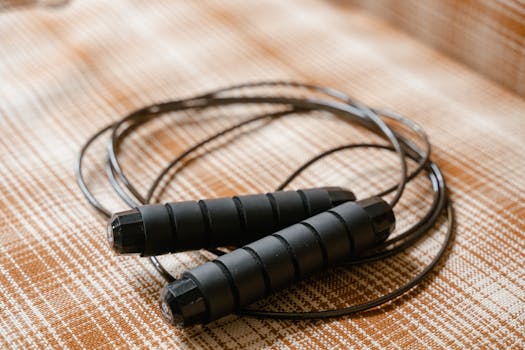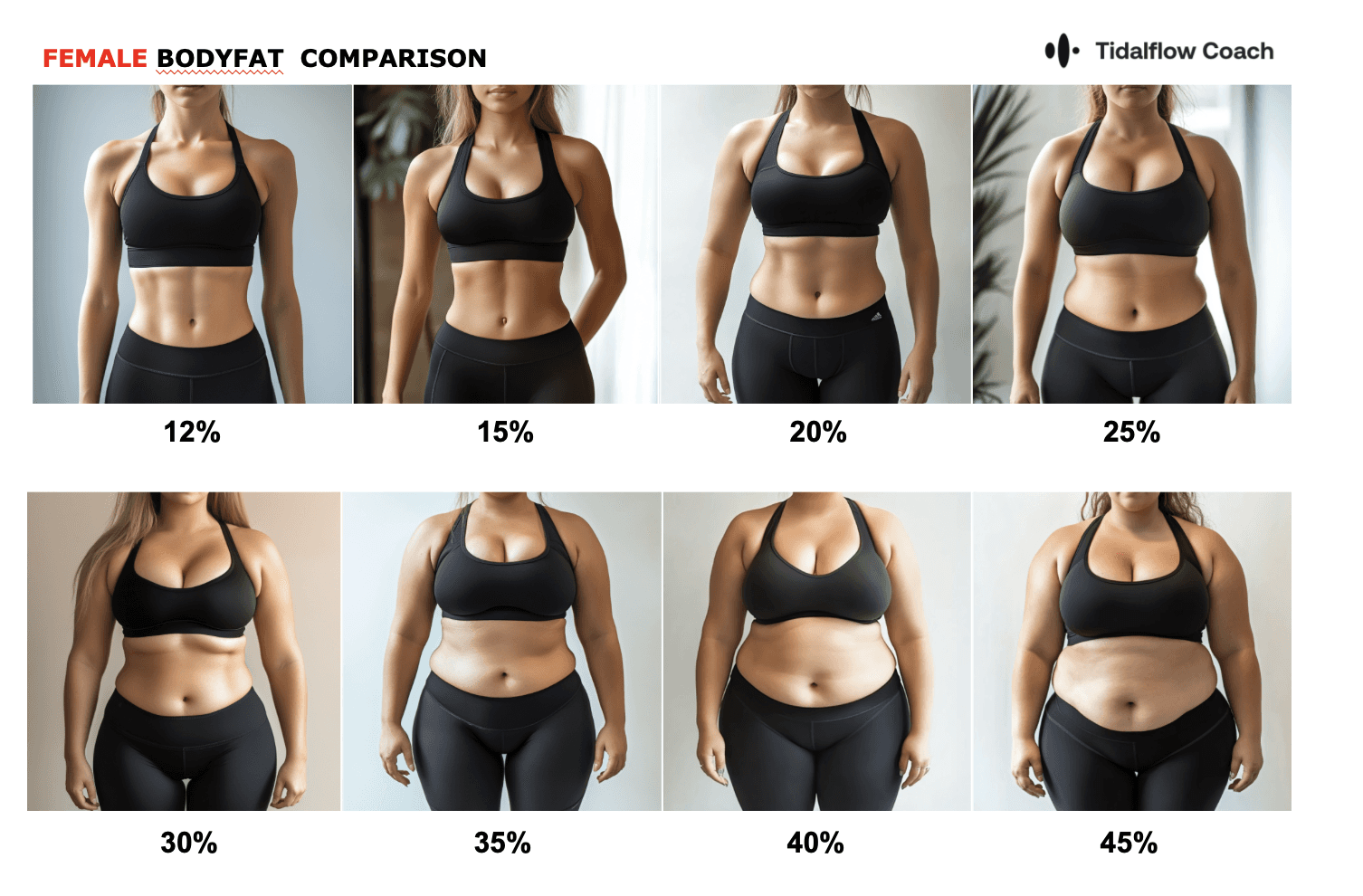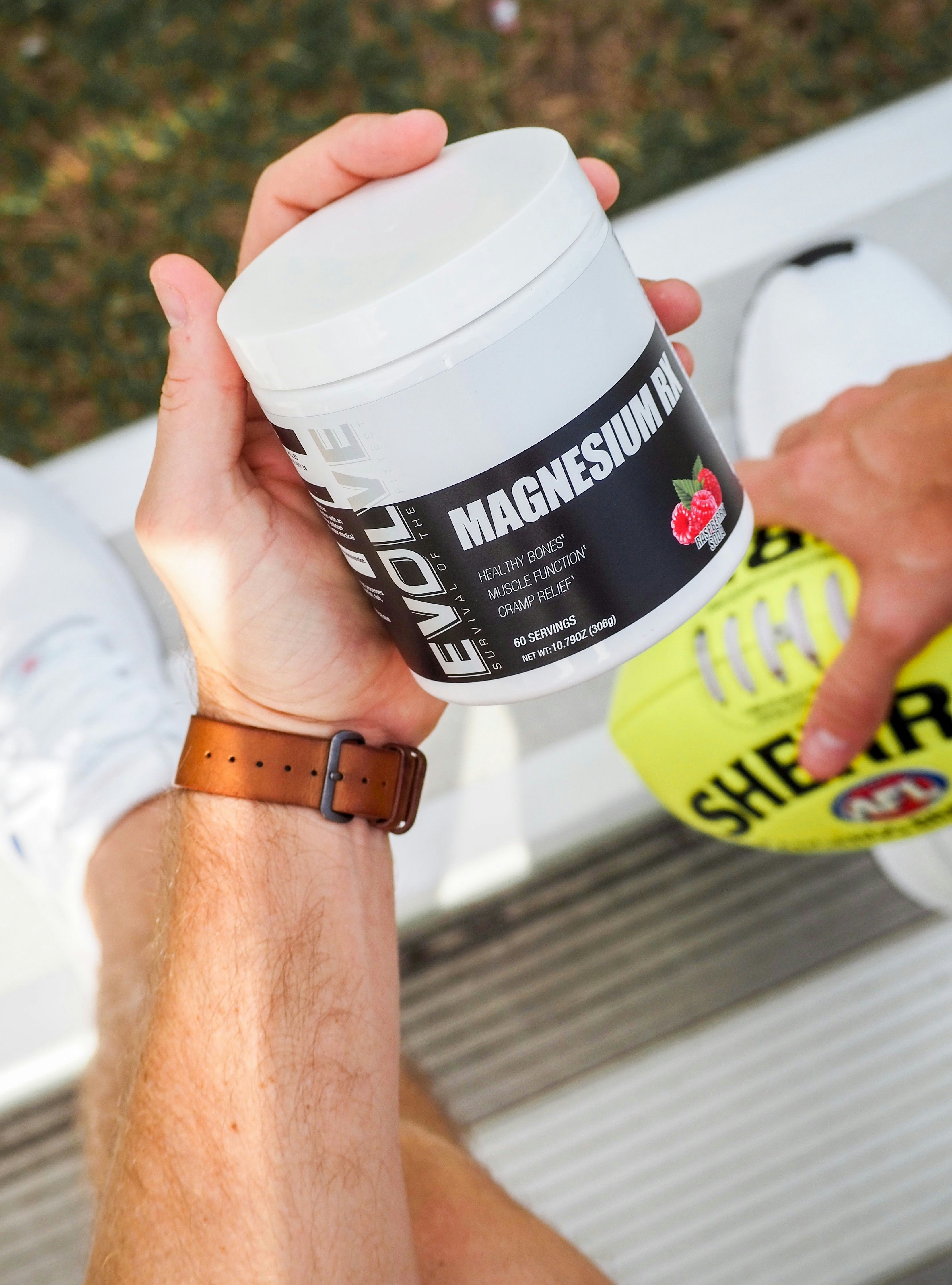Exercises to Avoid During Menopause: A Comprehensive Guide
Nov 21, 2024
During menopause, your body undergoes significant hormonal changes that can impact your physical and emotional well-being. While regular exercise is crucial for managing menopausal symptoms and maintaining overall health, it's essential to be mindful of certain exercises that may exacerbate discomfort or increase the risk of injury. In this comprehensive guide, we'll explore the exercises to avoid during menopause and provide safe alternatives to help you thrive during this transitional phase.
Understanding the Impact of Menopause on Exercise
Hormonal Fluctuations and Their Effects
Menopause is characterized by a decline in estrogen levels, which can lead to various physical changes. These changes may include:
Bone density loss, increasing the risk of osteoporosis
Muscle mass reduction, affecting strength and endurance
Joint pain and stiffness due to decreased lubrication
Hot flashes and night sweats, which can disrupt sleep and energy levels
These factors can make certain exercises more challenging or potentially harmful during menopause, highlighting the importance of modifying your workout routine accordingly.
Listening to Your Body's Signals
Every woman's experience with menopause is unique, and it's crucial to listen to your body's signals. Pay attention to any discomfort, pain, or fatigue during exercise, and adjust your routine as needed. Consulting with a healthcare professional or a personal trainer can help you develop a safe and effective exercise plan tailored to your specific needs.
Exercises to Avoid During Menopause
High-Impact Activities
High-impact exercises, such as running, jumping, or plyometrics, can put excessive stress on your joints and bones, increasing the risk of injury. During menopause, when bone density decreases, these activities may be particularly problematic. Consider low-impact alternatives like walking, cycling, or swimming to maintain cardiovascular fitness while minimizing joint strain.
Intense Core Exercises
Exercises that involve intense core engagement, such as crunches, sit-ups, or certain Pilates moves, can exacerbate menopausal symptoms like hot flashes and night sweats. Additionally, these exercises may put unnecessary pressure on the pelvic floor muscles, which can already be weakened during menopause. Instead, focus on gentle core-strengthening exercises like planks, bird dogs, or cable pull-throughs.
Overhead Lifting
Overhead lifting exercises, such as shoulder presses or upright rows, can strain the shoulder joints and increase the risk of injury, especially if you have decreased bone density or muscle mass. Consider modifying these exercises or replacing them with safer alternatives like cable front raises or band front raises.
Heavy Weight Training
While strength training is essential during menopause to maintain muscle mass and bone density, it's important to avoid excessively heavy weights or intense resistance training. These exercises can put unnecessary strain on your joints and increase the risk of injury. Instead, focus on moderate-weight training with proper form and technique, gradually increasing the intensity as your body adapts.
Safe Exercise Alternatives for Menopausal Women
Low-Impact Cardio
Low-impact cardio exercises, such as walking, swimming, cycling, or using an elliptical machine, are excellent options for maintaining cardiovascular health without putting excessive stress on your joints. These activities can help improve endurance, promote weight management, and reduce the risk of chronic diseases associated with menopause.

Strength Training with Proper Form
Strength training is crucial for maintaining muscle mass, bone density, and overall strength during menopause. Focus on exercises that target major muscle groups, such as squats, lunges, and bench presses, but with lighter weights and proper form. Consider working with a personal trainer in Amsterdam to ensure you're using the correct technique and avoiding injury.
Yoga and Pilates
Gentle forms of exercise like yoga and Pilates can be excellent choices during menopause. These practices can help improve flexibility, balance, and core strength while promoting relaxation and stress relief. Look for classes specifically designed for menopausal women or work with an instructor who can modify poses and exercises to accommodate your needs.
Water Exercises
Water-based exercises, such as aqua aerobics or water walking, are low-impact and gentle on the joints. The buoyancy of the water can also help alleviate joint pain and reduce the risk of injury. Additionally, the cool water can provide relief from hot flashes and night sweats.
Conclusion
Navigating exercise during menopause requires a mindful approach to protect your body and prevent discomfort or injury. By avoiding high-impact activities, intense core exercises, overhead lifting, and heavy weight training, you can reduce the strain on your joints and muscles. Instead, focus on low-impact cardio, strength training with proper form, gentle practices like yoga and Pilates, and water exercises.
Remember, every woman's experience with menopause is unique, and it's essential to listen to your body's signals and adjust your routine accordingly. Consider working with a Tidalflow AI personal trainer to develop a personalized exercise plan that addresses your specific needs and goals during this transitional phase. With the right approach, you can stay active, manage menopausal symptoms, and thrive throughout this journey.
Related Questions:
What is the best exercise for menopause?
The best exercises for menopause are low-impact cardio activities like walking, swimming, or cycling, combined with strength training exercises that target major muscle groups. Yoga, Pilates, and water exercises are also excellent choices for menopausal women, as they are gentle on the joints and can help alleviate symptoms like hot flashes and joint pain.
Is too much exercise bad in menopause?
While exercise is essential during menopause, it's important to strike a balance and avoid overexertion. Excessive high-impact or intense exercises can put unnecessary strain on your joints and muscles, increasing the risk of injury. It's crucial to listen to your body's signals and adjust your routine accordingly, allowing for adequate rest and recovery.
What exercises get rid of menopause belly?
To combat the accumulation of abdominal fat during menopause, focus on a combination of cardiovascular exercises and strength training exercises that target the core muscles. Exercises like planks, cable pull-throughs, and resistance band exercises can help strengthen the core and reduce belly fat. Additionally, a balanced diet and stress management techniques can also contribute to reducing menopause belly.
How to make menopause better?
To make menopause better, adopt a holistic approach that includes regular exercise, a balanced diet, stress management techniques, and adequate sleep. Staying physically active with low-impact cardio, strength training, and gentle exercises like yoga or Pilates can help manage menopausal symptoms and improve overall well-being. Additionally, seeking support from healthcare professionals or joining support groups can provide valuable guidance and resources during this transitional phase.
Disclaimer: This article is for informational purposes only and does not substitute professional medical advice. Consult a healthcare provider for personalized recommendations.
You should not have to do it all on your own













